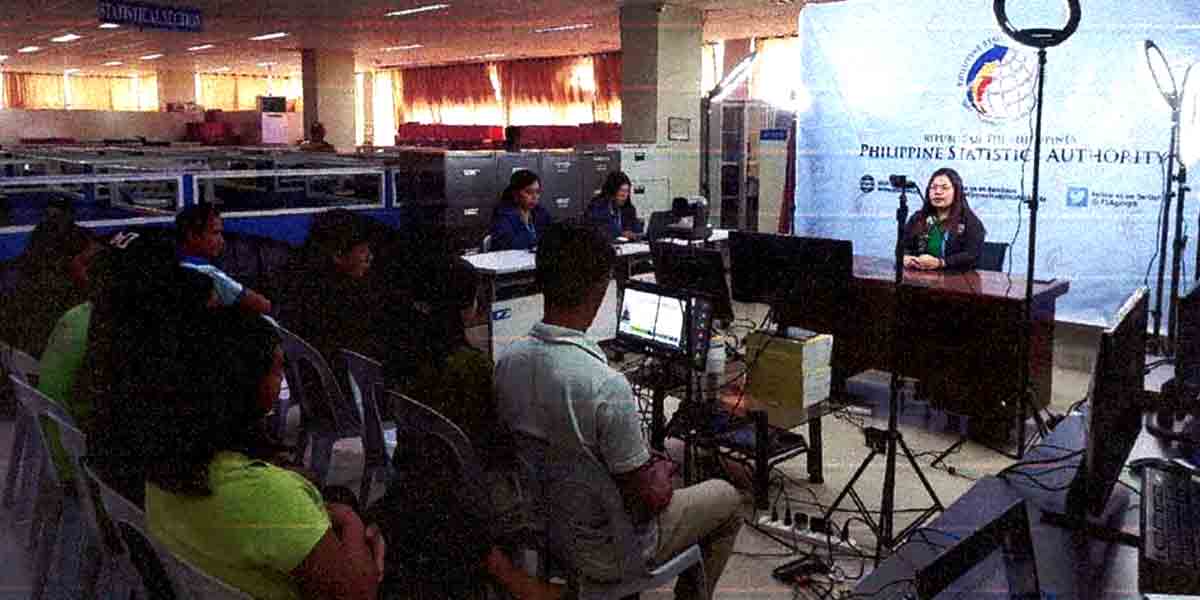By Emme Rose Santiagudo
Western Visayas has had three surges in coronavirus disease 2019 (COVID-19) infections since March 2020 according to the Department of Health-Center for Health Development Western Visayas (DOH-CHD 6).
In a virtual briefing on Monday hosted by the Office of the Presidential Assistant for the Visayas (OPAV) Asec. Anthony Gerard “Jonji” Gonzales, Dr. Marlyn Convocar, DOH-CHD 6 regional director, explained the COVID-19 outlook in Western Visayas.
According to Convocar, the region has hurdled three surges in infections since March.
“Here in the region, meron siyang three surges. It started out during early part of March when we had exported cases from high-risk areas and then during the later part of March tumaas dahil sa contact tracing activities from these imported cases,” she explained during the “MugStoria Ta” hosted by OPAV.
Convocar said the third surge in the region was during the arrival of repatriates who were stranded in Metro Manila due to community lockdowns.
Repatriated Overseas Filipino Workers (OFWs) started arriving in the region in April 2020 via sweeper airline flights and sea vessels.
The initial reporting of COVID-19 cases among OFW repatriates also started in April, according to Convocar.
OFW repatriates were subjected to rapid antibody testing in Manila where they initially tested negative but were later found positive upon arriving in the region.
The national Inter-Agency Task Force later required returning OFWs and locally stranded individuals (LSIs) to undergo real-time polymerase chain reaction test (RT-PCR) which is the gold standard in COVID-19 testing.
“Despite the negative RT-PCR prescribed by IATF, when these repatriates arrived in the region, we tested them and about 37 percent of our total cases turned out positive,” Convocar said.
As of Monday, the health department recorded zero additional COVID-19 cases, nailing the regional total at 125, including 46 OFW repatriates. Also, 88 patients have recovered while 11 died.
Convocar said the 46 repatriates who were infected with COVID-19 accounted for 37 percent or almost 40 percent of the total confirmed cases.
“A total of 46 out of 125 cases or 37 percent of the cases in the region are repatriates,” she said.
The regional director said the increase in cases of infected OFW repatriates can be attributed to the RT-PCR testing done way earlier before the actual transport of the repatriates.
“We analyzed it maybe the RT-PCR test was done a long time ago that is why when we had our meeting [with OPAV] we requested na sana yung latest and most current na result ang dapat basehan before sila maka-board ng ship or plane so that ma-lessen yung [chances] of being contaminated while staying in Manila or onboard the ship and plane,” Convocar said.
Convocar noted that the recovery rate and case doubling time in the region are improving despite the increasing number of infected repatriates.
The region’s recovery rate is already at 70 percent, according to Convocar, as reflected by 88 recoveries.
For the case doubling time in the region (the duration in days for cases or deaths to double; it also measures the speed of transmission of COVID-19), Convocar said the rate is 11.13 days as of June 6.
“We coordinated and worked closely with University of the Philippines Visayas (UPV) and Think Well. Together with Think Well, they assisted us in the computation of our case threshold and case doubling time and the likes. It started with 1.6 days during the later part of March and it increased to 8.1 days on May. As of June 6, the doubling time is at 11.13 days, it’s a good sign that the doubling time is increasing,” she said.
Lower numbers of case doubling time indicate faster outbreaks while higher numbers mean slower outbreaks.


















